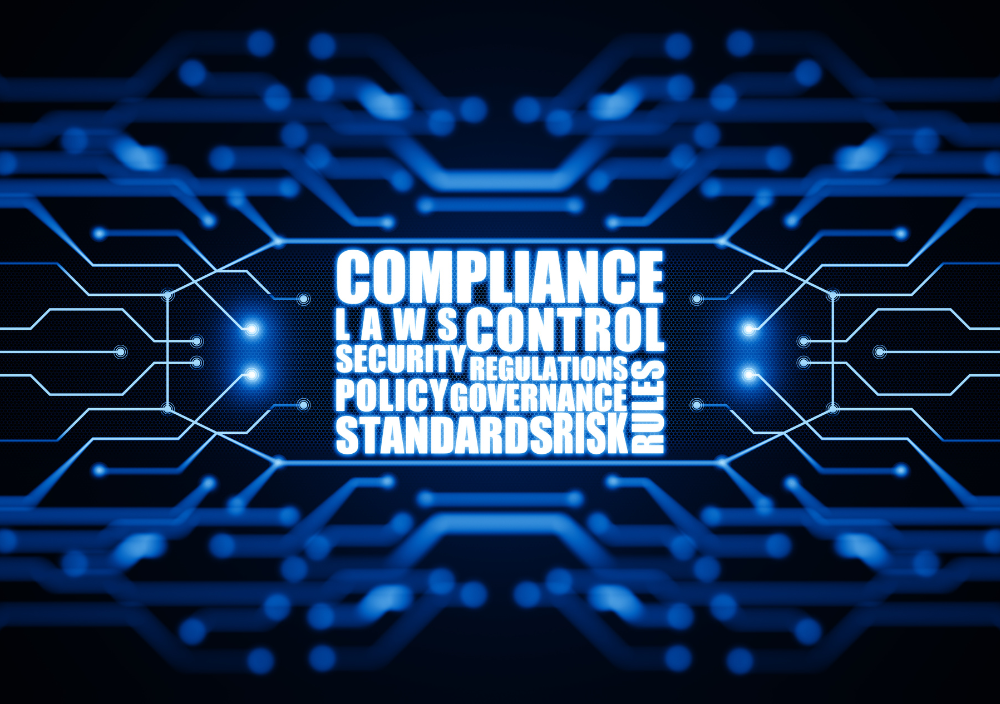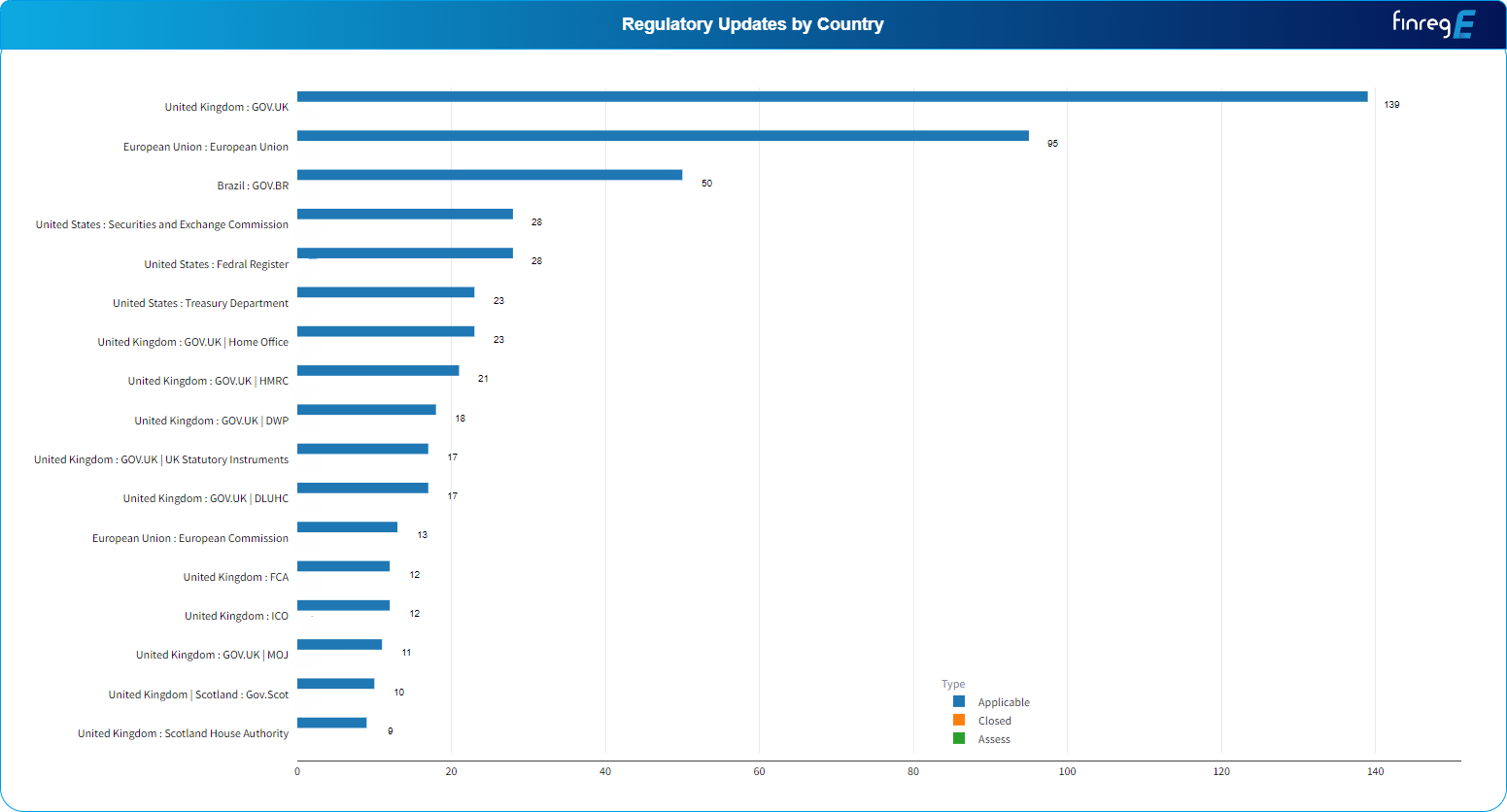Regulatory compliance encompasses the objectives companies strive to achieve as they actively seek adherence to applicable laws, policies and regulations.
To effectively participate in the economic landscape of a particular country, businesses are expected to comply with various requirements such as taxes, ordinances, safety protocols, professional practice guidelines, industry standards and more. Regulatory compliance stands between the company’s operations and these regulations, ensuring that every step complies with all applicable laws.
This blog will provide a comprehensive guide on how to measure regulatory compliance and its significance to an organisation.
How is Compliance Measured?
Given the diverse set of rules encompassed by regulatory compliance, the measurement of compliance involves various metrics collectively known as Compliance KPIs or Compliance Metrics.
Compliance metrics are quantifiable measurements to evaluate an organisation’s adherence to regulatory requirements. They offer valuable insights into the effectiveness of compliance programs, highlighting areas of strength and potential vulnerabilities. Here are some examples of compliance metrics.
Review and Update of Code and Policies
Regularly reviewing and updating codes and policies is crucial for maintaining compliance. Measure the frequency of reviews and updates to ensure they are conducted appropriately to align with changing regulations and organisational needs.
Code and Policy Violations
Tracking the number and nature of code and policy violations provides a clear picture of compliance breaches. This metric helps identify patterns, high-risk areas, and potential training needs to prevent future violations.
Culture Surveys and Knowledge Assessments
Culture surveys and knowledge assessments enable organisations to gauge employees’ awareness and understanding of compliance requirements. Analysing the results helps organisations identify knowledge gaps and implement targeted training programs to address them.
Training Reach, Medium, Frequency, and Completion Rates
Assessment of the reach of compliance training programs is done by measuring the number of employees who have undergone training. Additionally, you may consider analysing the training medium (e.g., in-person, online), frequency, and completion rates to ensure comprehensive coverage and employee engagement.
Reach, Medium, Frequency, and Engagement Rates of Compliance Communications
Effective communication is pivotal in fostering a culture of compliance. Measure compliance communications’ reach, medium, frequency, and engagement rates, such as newsletters, memos, and awareness campaigns, to assess their effectiveness in conveying crucial regulatory information.
Training Program Update Rates
Regularly updating and enhancing compliance training programs helps businesses keep pace with evolving regulations. Measuring the frequency of updates can also ensure training materials remain relevant and aligned with the current regulatory landscape.
Post-training Test Results
Administering post-training tests helps evaluate employees’ comprehension of the training material. Moreover, analysing the test results can identify knowledge gaps to adjust training programs accordingly.
Incidents by Trained Employees
Monitoring the number and nature of incidents involving employees who have completed compliance training is also crucial. This metric helps assess the effectiveness of training in preventing compliance breaches and informs targeted interventions.
Reporting Rates
Evaluating reporting rates for compliance-related issues and distinguishing between known and anonymous reports per 1,000 employees is vital to assess employees’ commitment to helping the business comply with regulations. This metric also highlights potential barriers employees may face in reporting violations.
Retaliation Report Trends
Examining trends in retaliation reports helps you understand the prevalence and nature of reported retaliatory actions. By monitoring this metric, organisations can address systemic issues and reinforce a safe and supportive reporting environment.
The Importance of Monitoring Compliance Metrics
Monitoring compliance metrics provides organisations objective data to assess their regulatory compliance efforts. By learning how to monitor compliance effectively, organisations can:
- Identify areas of non-compliance and address them proactively.
- Gauge the effectiveness of compliance training programs and make necessary improvements.
- Establish benchmarks to track progress and demonstrate commitment to regulatory compliance.
- Identify emerging risks and adapt compliance strategies accordingly.
- Enhance transparency and accountability throughout the organisation.
- Facilitate effective communication and education on compliance matters.
- Demonstrate compliance with regulatory authorities and stakeholders.
Streamline Regulatory Compliance Monitoring With FinregE
Learning how to monitor compliance through comprehensive metrics is indispensable for organisations striving to maintain adherence to laws, regulations, and industry standards. However, this doesn’t have to be done through a brick and mortar approach.
FinregE offers standardised and tailored regulatory compliance modules that streamline and automate common compliance processes. With our comprehensive modules, you can seamlessly process information, assign tasks, provide commentary, and track the status necessary to ensure compliance with regulations in one centralised platform.
Book a demo and see how our solution can streamline regulatory compliance processes.




